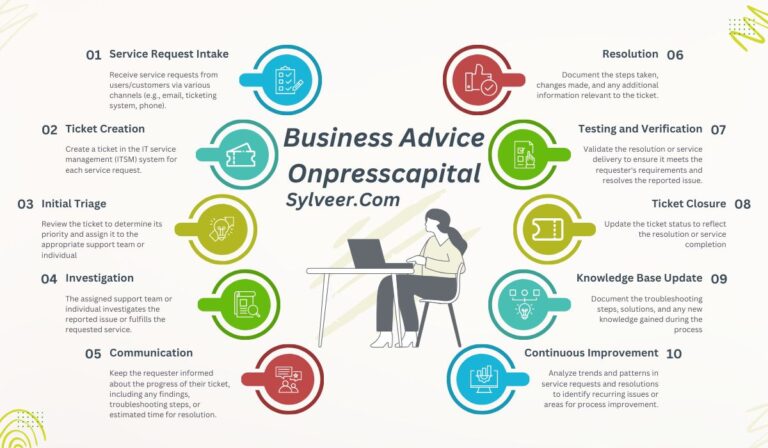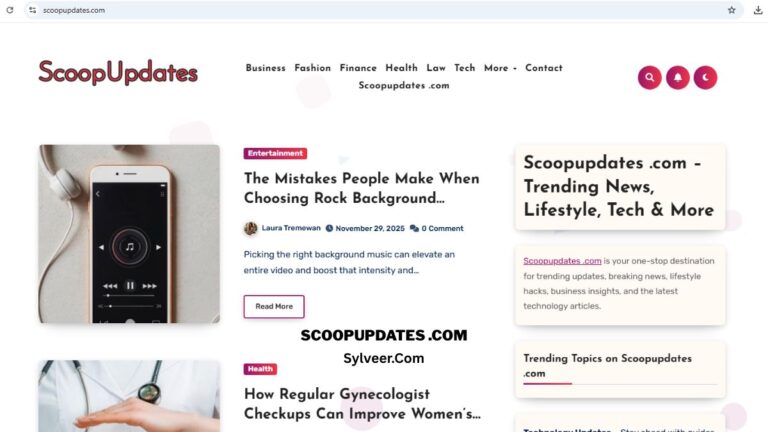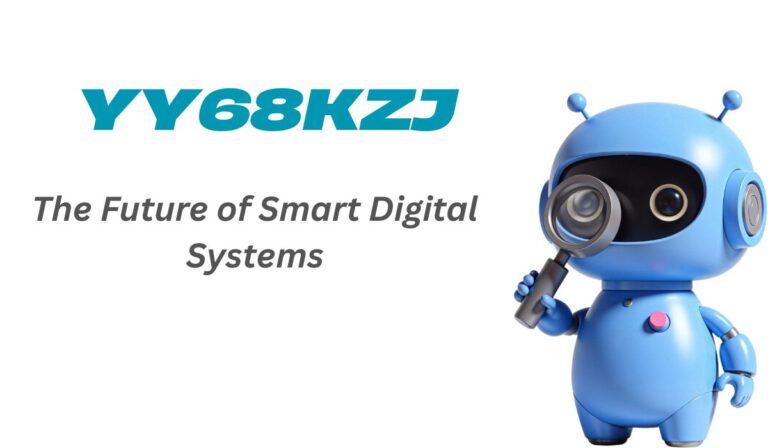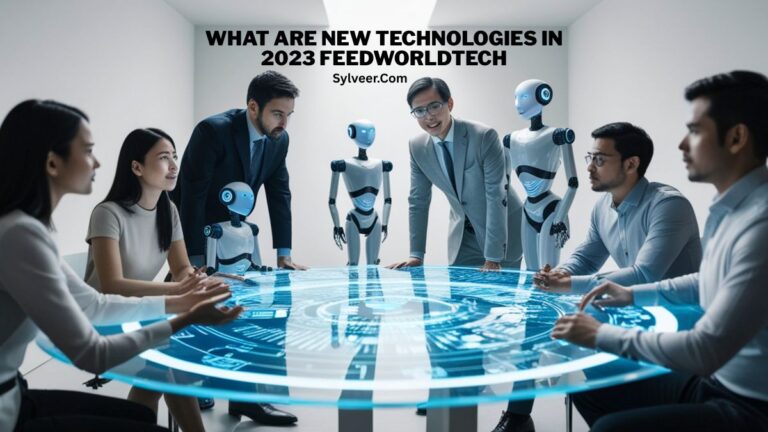In the fast-paced world of modern work, where hybrid setups and remote teams are the new normal, digital tools have become the backbone of office collaboration. But there’s one trend quietly revolutionizing how professionals interact online: office avatars.
If you’ve been scrolling through workplace blogs or catching up on the latest office avatar news, you’ve probably noticed how virtual characters are making meetings more engaging, less awkward, and in many cases—more productive. No longer just a gimmick for gamers or social media, avatars are stepping into the professional arena and reshaping the way we work.
In this article, we’ll explore what’s happening in the world of office avatars, why companies are adopting them, practical ways they’re being used, and what this means for the future of workplace communication.
What Exactly Is “Office Avatar News”?
When we say office avatar news, we’re talking about the latest developments, tools, and innovations related to digital avatars in professional environments. This includes updates from big tech companies like Microsoft, Meta, and Zoom, as well as startup innovations around AI-driven avatars that can attend meetings, represent employees, or even simulate human-like expressions.
For example:
- Microsoft Teams has been rolling out Mesh avatars, allowing employees to attend virtual meetings without turning on their cameras.
- Meta is heavily investing in VR-based office spaces where avatars replace video feeds.
- Startups are introducing AI avatars that can take notes, answer questions, or even replace you in low-priority meetings.
This kind of news isn’t just about fancy technology—it’s about a fundamental shift in how work is experienced.
Why Are Office Avatars Becoming Popular?
There are a few reasons why avatars are trending in the workplace:
1. Zoom Fatigue Is Real
After years of staring into cameras, employees are tired of “video face.” Avatars give people a break while still keeping a human presence in meetings.
2. Inclusivity and Accessibility
Not everyone feels comfortable on video—whether for cultural, personal, or accessibility reasons. Avatars provide a more inclusive option for participation.
3. Engagement and Fun
Avatars bring a touch of creativity to otherwise dry meetings. Animated gestures and facial expressions add liveliness that static initials or blank screens can’t.
4. The Rise of Hybrid Work
With employees spread across different locations, avatars help maintain a sense of presence and reduce the disconnection of remote work.
Latest Office Avatar News and Updates (2025 Edition)
The world of avatars is evolving fast. Here are some of the latest developments worth knowing:
Microsoft Teams Mesh Avatars
Microsoft recently updated its Teams platform with 3D avatars that can mirror user gestures using AI. This means you don’t need VR hardware—you can appear as a customizable avatar directly from your laptop.
Zoom’s Avatar Expansion
Zoom introduced animal avatars in 2023 for fun, but in 2024, they moved into professional avatars with customizable office outfits. The new update includes realistic lip-syncing for more natural conversations.
Meta Horizon Workrooms
Meta is betting big on the metaverse workplace, where employees join meetings as avatars inside VR conference rooms. While adoption is still limited, it’s gaining traction in industries like design and creative agencies.
AI-Driven Meeting Avatars
Startups like Synthesia and Replika AI are experimenting with avatars that can represent employees, deliver presentations, or summarize meeting notes automatically. Imagine sending your AI avatar to a meeting while you focus on deep work—that’s becoming a reality.
Practical Benefits of Using Office Avatars
1. Reduce Camera Pressure
Employees can engage without worrying about how they look on screen. This leads to less stress and more participation.
2. Boost Creativity in Meetings
Avatars with gestures, expressions, and even playful elements can make brainstorming sessions more dynamic.
3. Improve Remote Team Culture
Hybrid teams often struggle with engagement. Avatars can make meetings feel less transactional and more like shared experiences.
4. Privacy Protection
Some employees prefer not to share their physical environment. Avatars allow them to contribute without revealing personal space.
Real-World Examples of Office Avatar Adoption
- Accenture: The consulting giant has already onboarded employees into a metaverse-like training environment using avatars.
- Nike & Adidas: Their creative teams experiment with avatars for cross-border collaboration on design projects.
- Education Sector: Universities are piloting avatar-driven classrooms to engage remote learners.
These use cases show that avatars are not just a passing fad—they’re solving real problems in workplace communication.
Challenges and Criticisms in Office Avatar News
Of course, not everyone is fully on board with avatars at work.
- Technical Barriers: Not all employees have access to powerful hardware or fast internet.
- Learning Curve: Setting up and customizing avatars can feel like extra work.
- Professionalism Concerns: Some managers fear that avatars make meetings less serious.
- AI Replacements: There’s also concern about avatars being used as “stand-ins” for employees too often, leading to reduced accountability.
Still, with time, these hurdles may shrink as technology becomes smoother and more widely accepted.
The Future of Office Avatars
Looking ahead, the future of office avatars is likely to be AI-powered, hyper-realistic, and deeply integrated into everyday workflows. Imagine:
- AI avatars attending multiple meetings simultaneously.
- Avatars equipped with real-time translation for global collaboration.
- Personalized avatars that match your work style, automatically switching from professional mode in client calls to casual mode in team huddles.
The line between human and digital presence will blur—but in a way that empowers workers to choose how they want to be represented.
Practical Tips for Businesses Considering Office Avatars
If your team is exploring avatars, here are a few tips to make the transition smooth:
- Start Small – Begin with optional avatar features in internal meetings before rolling them out to clients.
- Prioritize Accessibility – Choose platforms that don’t require VR headsets to include everyone.
- Set Guidelines – Define what’s appropriate for professional avatars (outfits, gestures, etc.).
- Collect Feedback – Regularly ask employees how avatars affect their engagement and productivity.
- Balance Use – Avatars should enhance collaboration, not replace human connection entirely.
Conclusion
As we’ve seen in the latest office avatar news, digital avatars are no longer just a novelty. They’re solving real challenges in remote work, from reducing camera fatigue to creating more inclusive meeting environments.
While challenges like professionalism and technical barriers remain, the potential of avatars is undeniable. Businesses that embrace them thoughtfully—balancing fun with functionality—are likely to find new ways to engage employees, improve collaboration, and shape the future of work.
FAQs: People Also Ask About Office Avatar News or Office Avstarnews
1. What is an office avatar?
An office avatar is a digital representation of an employee used in virtual meetings or workplace platforms. It can mimic expressions, gestures, and speech, making online interactions more engaging.
2. Why are office avatars important?
They reduce video fatigue, promote inclusivity, and make hybrid work more interactive. For many employees, avatars are less stressful than always being on camera.
3. How do I use an avatar in Microsoft Teams or Zoom?
Both platforms now allow you to create and customize avatars directly in settings. You can choose your appearance, outfits, and gestures, then join meetings as your avatar instead of using your webcam.
4. Are office avatars professional?
Yes, when used correctly. While some avatars are playful, professional settings often involve business attire and realistic features that maintain a formal tone.
5. Can an AI avatar replace me in a meeting?
Some AI tools now allow avatars to attend on your behalf, summarize notes, or even answer basic questions. However, they’re best used for low-priority meetings, not critical decisions.
6. What industries are using office avatars the most?
Tech companies, creative agencies, consulting firms, and educational institutions are currently the most active adopters of office avatars.
7. Are office avatars just a trend?
While still new, the momentum around avatars—especially from giants like Microsoft and Meta—suggests they’re here to stay, evolving alongside hybrid work models.







